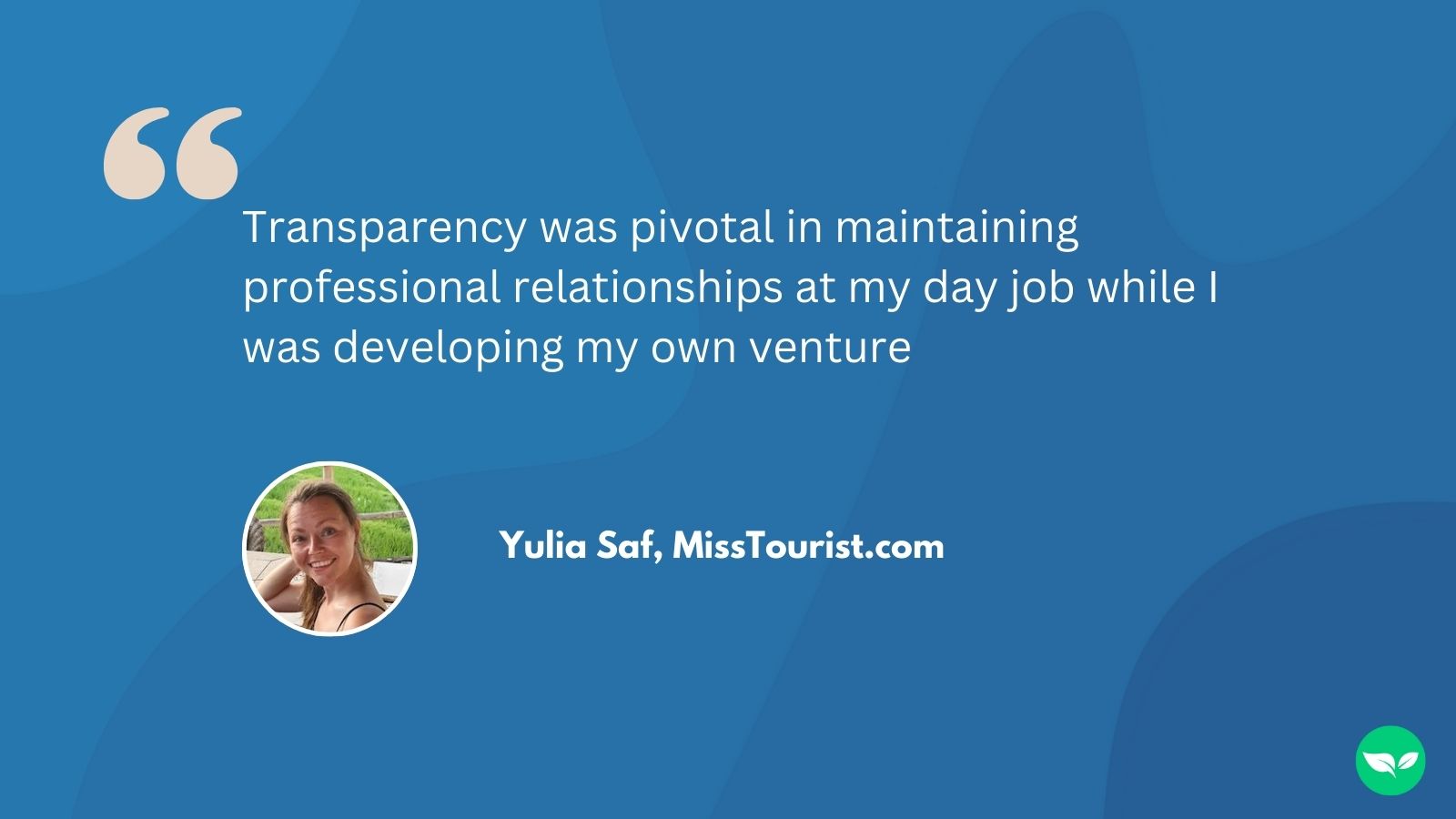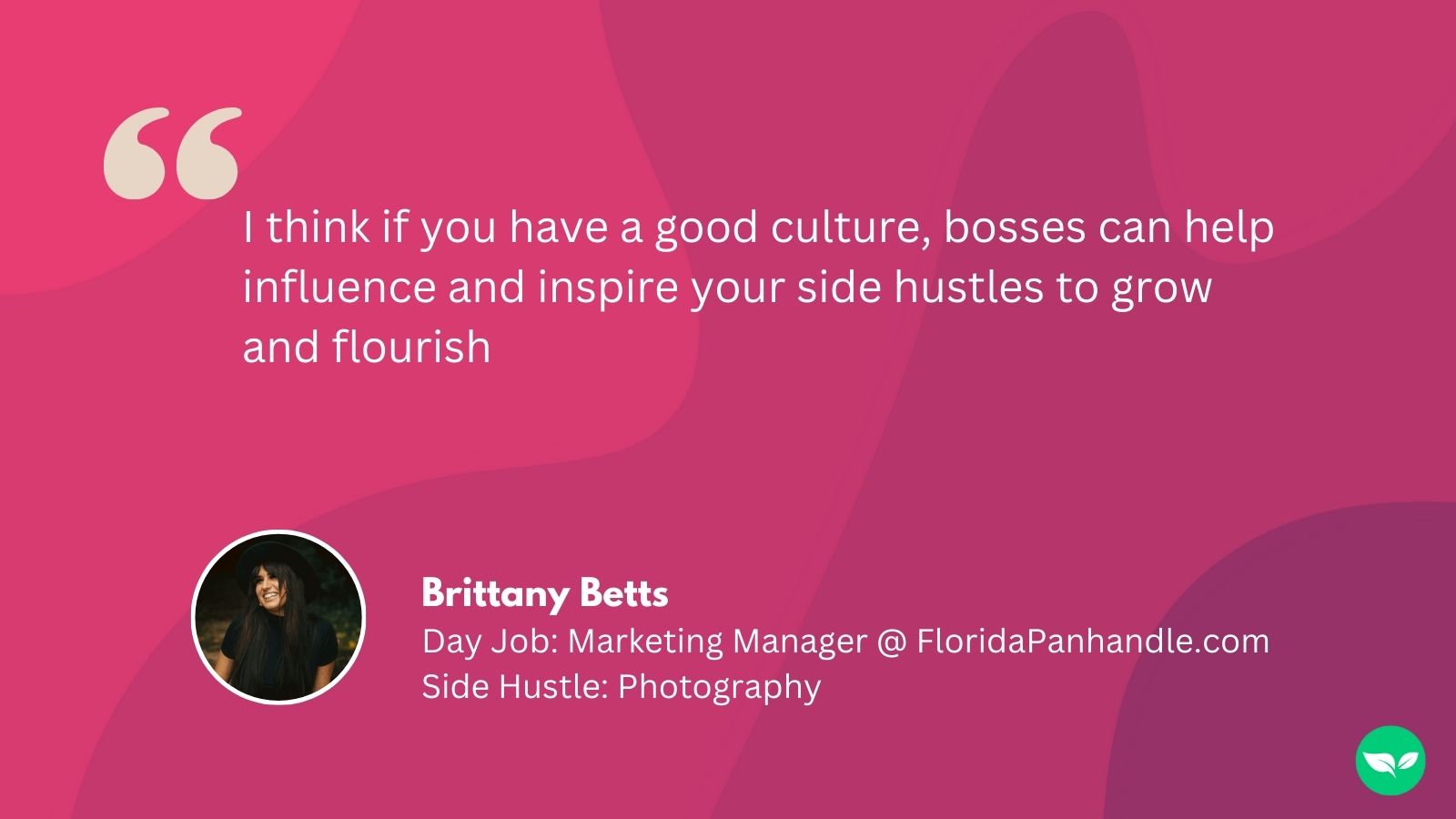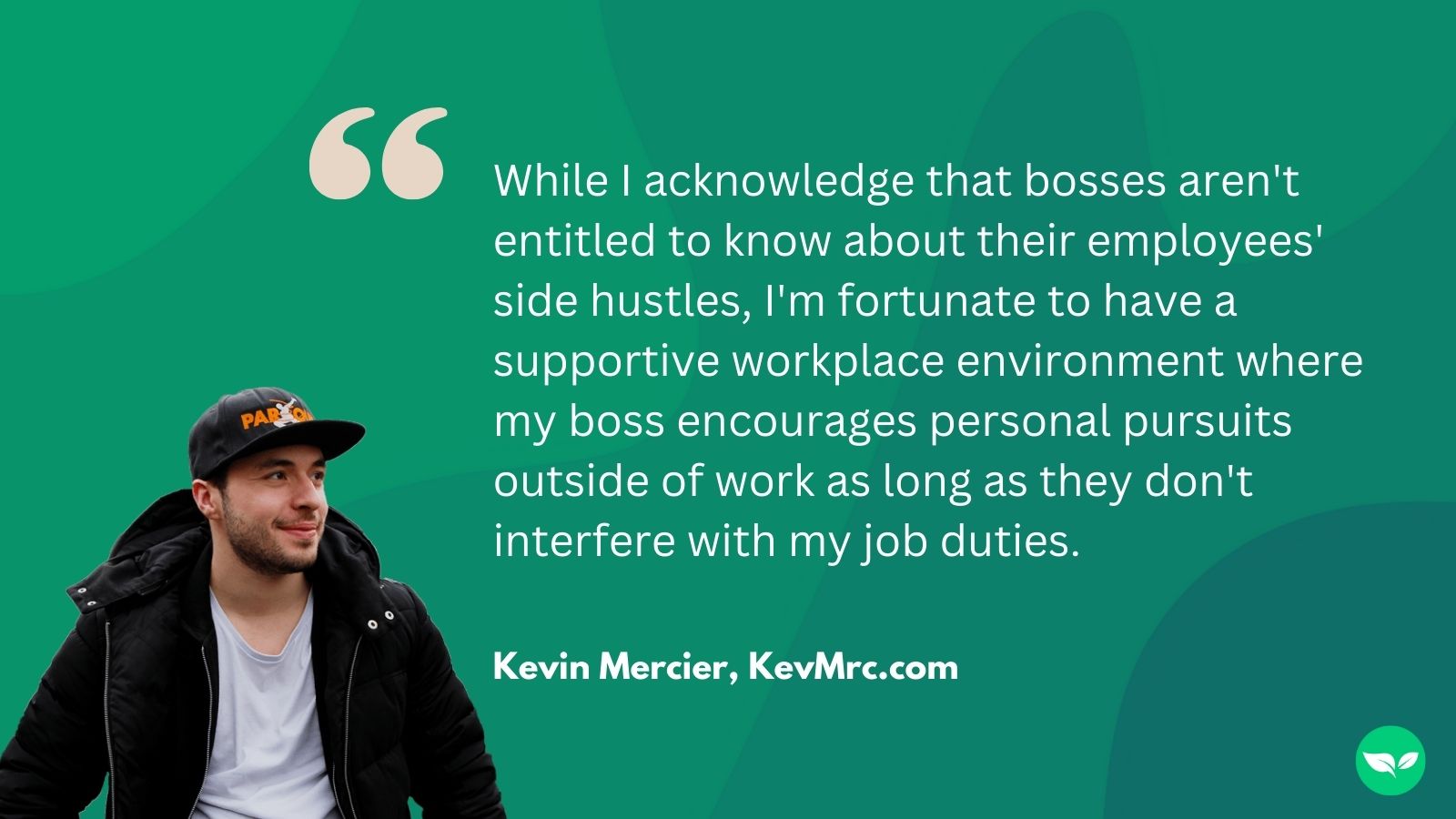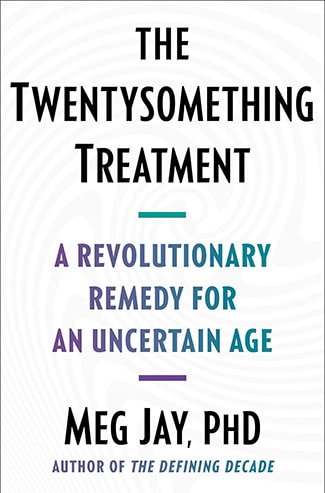As parents, we all experience moments when our kids just won’t go with the program – brushing their teeth, dressing for school, cleaning up their toys, going to bed (and staying there). We ask nicely, and they ignore us. Then we ask not so nicely, and they dig their heals in. Before long we’re frustration turns to exasperation, and we either get angry or throw up our hands in surrender. At a certain age, our kids are developmentally programmed to resist us no matter how much kindness and respect we show them. So, what’s a parent to do? Sometimes we wish we could just wave a magic wand. Well, the wands are on back-order, but Janet shares some magical recommendations that will make these interaction so much easier to navigate, win or lose.
Transcript of “The Magic That Makes Kids Want to Cooperate”
Hi, this is Janet Lansbury. Welcome to Unruffled.
Interestingly, lately my inbox seems to be flooded with questions about toothbrushing. So much so that I was even thinking about doing a podcast all about toothbrushing, helping kids to brush their teeth. But I kept thinking about it and it’s just not an interesting enough topic to me. I mean, it’s not interesting at all to me, to be honest. It’s this mundane part of my day, and I imagine also for kids, too. And probably—I mean, I could be wrong—but even dentists probably don’t find it a super-intriguing topic.
But then I received a question and a comment on Facebook on my post, This May Be Why You’re Yelling. The comment was not about toothbrushing, but it reminded me how all of these cooperative activities, these tasks that we need our kids to do, we want our kids to do, how they’re all related, and that there is a magical approach for helping our kids to do them.
This magic isn’t, unfortunately, a magic wand that we can just wave. And unfortunately it also isn’t saying some magic words or playing magical games, like what is sometimes offered on Instagram and TikTok for “getting” kids to do these things. This magic also isn’t about giving a child a certain period of attention, playing with a child, filling their cup. Even that, unfortunately, isn’t a formula for a child to be reliably willing to brush their teeth, help around the house, try new foods, clean up their toys. Yes, those do help to build intimacy and connection.
But the magic that works is when our relationship or connection is through and through. It’s through the happy times, it’s through the special times, it’s through the tough and disappointing times, it’s through when we’re setting limits, it’s through when our child is upset, when they’re having a tantrum. It’s staying on our child’s side, as I often say, partnering with them and, ideally, not being at odds with them with anything throughout the day. I know, this sounds probably superhuman, but I’m going to get to how we can do this.
When we do find ourselves at odds, we take responsibility for that. Because at least until kids are adult-age, it’s on us to be the more mature ones, to essentially be in charge of setting the tone for our two-person relationship. And when changes in our dynamic with our child need to be made, it almost always needs to come from us. Now, that’s good news and bad news, depending on how we look at it. It’s good news because it means we have the power to make changes at any time. We can do that, and our children will adapt readily. It’s bad news because we can’t count on our child to treat us a certain way, to be kinder to us when we’re asking for or demanding that they do something, just because they should respect us and do what’s right. If we aren’t setting the tone by modeling respect and honesty and kindness and forgiveness and helpfulness and taking responsibility for our behavior, we can’t expect our child to be the one to do those things.
The magic here, unfortunately, isn’t a magic bullet for gaining cooperation, but there is something that’s much clearer and simpler to understand and more effective and comprehensive than these bite-sized scripts and strategies that we hear about. Comprehensive in that it infuses everything, it works in all areas of our day with our child, with all kinds of behaviors. And it feels good, because it’s genuine. It’s not a strategy. And the positive effects it has are lasting and real. It’s relating to our child as—an imperfect, less mature than we are, much less mature—person. What a concept, right? Who we know intimately and we understand, or at least aim to, and we unconditionally adore.
That doesn’t mean we’re perfect. It’s this overall feeling that we have. Not every second of every day will we like the way our child’s behaving, what they’re doing, that we’re not annoyed with them. We are going to be. But we know that there’s something to understand there when we are. That there’s something in our expectation of them in that moment or something that, through their behavior, they’re sharing with us. Awkwardly, as it is with children a lot of the time. So we’re coming to that place eventually where we understand why they’re acting as they are. This is an overall job. It’s a relationship job. I know that probably sounded unclear and confusing. I’m sorry about that.
Now I’m going to explain via this exchange I had on social media with this parent who was responding to something I posted, a piece that I wrote a few years ago, This May Be Why You’re Yelling. This parent wrote:
I know I’m yelling because when I’ve asked five times, being calm, and nothing happened, I’m running out of patience. Sometimes it seems like when I talk nicely, nobody can hear me. I can’t be the only one, am I?
And I wrote back:
Can you give an example? I have a policy: never repeat yourself.
And then I link to a popular podcast of mine, Repeating Yourself Won’t Help (What to Do Instead).
This parent wrote back:
So I just read this article and I get what it says. [She read the transcript.] So here’s the latest example: Right now where I live, it’s Saturday morning, almost 8:00 AM. If my son’s behavior is induced by stress or tiredness, then he must be permanently worn out. My son, four-and-a-half years old, has a clock by his bed that indicates with a sleeping/playing bunny when he is allowed to get out of his room. He’s had it for more than a year now.
I had set this clock on 9:00 AM yesterday. I told him yesterday while putting him to bed, “Remember, you stay in your room until bunny is awake. You don’t come into our room. You let daddy sleep.” And he agreed. His dad is in an exhausting situation right now and needs all the sleep he can get.
Today at seven, our son came into our bedroom and started asking his dad a question about a new toy he got. I got up real quick, escorted him back to his room (right next to ours, and the wall is very thin, you can hear everything), and showed him his clock, whispering, “What did we agree on yesterday? You stay in your room, you are silent, you don’t wake us up.” I was upset, I admit. Plus he can’t for the life of him not talk. He talks all day long, from wake to sleep. He can’t keep his thoughts in his head.
And I don’t know how to follow your advice here in helping him to do what I ask him to do. There’s no lock on his door and he might need to go to the bathroom anyway, and I hate the thought of locking him in. And I can’t reasonably shut his mouth with duct tape to make him stop talking. Any thoughts?
And she put this distressed face emoji. And some other people commented before I was able to get back to her. Somebody said:
Lock dad in? Maybe after several times where he finds the bedroom door locked, he will just assume it’s not worth getting up to try it again. At first, maybe, with you on the outside but not really accessible to him—in the bathroom, for example—and go out if he becomes frustrated and help him work through it. But please, anybody correct me if you don’t think it’s appropriate.
That was all the comment somebody made back. And the original commenter said:
There aren’t locks anywhere on our doors. And the whole thing is about not waking daddy up, so we need silence. Rattling on the door doesn’t do the trick. I tried several times on other occasions to give my son a timeout in his room with the door closed, to no avail. He opens the door immediately and refuses to keep it shut. If I hold the handle from the outside, he turns total havoc, including screaming and door-kicking. And the whole point of the timeout—allowing us both to calm down by getting ourselves together before discussing the issue—is ruined because I can’t calm down either when I have to hold his door shut and listen to his screaming. So I’m stuck here.
And then a different commenter wrote to her:
What time is he going to bed? Does he normally wake up at 9:00 AM or was this a weekend thing? My son does, but I know our routine is a bit abnormal. If I were you, I would get up and go out with him so that dad can get some extra sleep.
And she wrote back:
He sleeps a good night and doesn’t lack sleep. I don’t ask him to stay in bed, much less to stay asleep. Just to stay quietly in his room. Most weekends he does just that. But this morning was particularly frustrating because I insisted on it yesterday evening and he didn’t follow through.
So then I finally commented that I had some ideas for her and it was very long, though, and I realized that this might be a good topic for a podcast. So I was going to share them here, and that’s what I’m doing now.
What I wanted to say to her is that this is one of those situations where I believe in letting go for the win, the win being next time. Because we can’t control when our child wakes up and asking them to stay in their room and wait for a clock to tell them it’s time to leave is not easy for them. And that is always going to be a voluntary activity on their part, right? It’s not something we can force if we don’t want to lock doors, and most of us don’t. And with voluntary activities, it’s always going to be about the positive connection that they feel with us. Both in general and around that particular activity, around that ask that we have of them. We make it harder for our child, and therefore for ourselves, when we make a big deal out of it not working. We get upset or mad, or we try to force them to do it, etc.
So what this parent might do instead is go into this expecting it to be an imperfect process and maybe problem-solving with her child ahead of time. “Hmm, I know sometimes it’s hard to stay in bed and to wait for that clock. What could help? Would you like me to leave some fruit or a snack bar there for you? Some special books or puzzles here by the bed?” And whether or not there’s an answer that we could both of us together figure out, I wouldn’t expect my child to be able to stick with the plan, because young children are impulsive. And the more emotion we have around something, the more intensity we have around it, the harder it is for them to not be impulsive. Because they’re absorbing that and it’s uncomfortable for them. It’s like the more we want them to do something and they feel that coming from us, the more it ruffles their feathers and the harder it is for them to do. You would think it would be the opposite, right? But he has the best chance possible of cooperating in this manner if we approach it with this kind of connection and empathy.
And then, if it doesn’t work, if he does come in or he makes some noise anyway, let it go for the win. For the win next time, and for the bigger picture of more goodwill and cooperation all around. That’s what I mean about this not being a magic wand or a quick fix, but it is magical when we commit to being on this less mature, more impulsive person’s side and requesting things from that team relationship, that very open, honest, teamwork relationship. So when it doesn’t work, we might say, “Oops.” And then while we’re ushering him out of the room, I might say, “It was hard for you to wait this time. I know, it can be so hard. Daddy will answer your question when he wakes up, of course. What would you like to do in the meantime? Let’s figure something out. You can go back to your room or play quietly here in the family room,” or whatever. Safety, connection. This is how we will get what we want. We didn’t that time, but it’s too late. So let’s give ourselves a better chance of getting it the next time and the next time and the next time, in all the other requests that we have of our child during the day.
Now, how does this look in regard to toothbrushing, or helping us with housework, encouraging kids to try new foods, help them to get dressed, or to be quiet while the baby’s going to sleep, etc. etc. etc.? Here’s some points:
- Expect that there might be resistance and that it might not work at all. Our expectations matter because they create certain feelings in us. When we’re putting an expectation out there that might not work, naturally, we’re going to get disappointed. And whether or not that’s a reasonable expectation, I don’t know. But it turns out it’s not reasonable for this child, at this time, at this age, in this situation.
I know that for me, we didn’t have those special clocks when my kids were little and I never once thought I had any control over when they got up and came in. I remember there was one point where I had tried to encourage my older child to stay in her room a little longer, and I did put a special snack there for her, because we explored it and one of the things she wanted was something to eat. So that did help for a little while. But mostly what helped was her feeling the safety in our connection and that she wanted to try to be helpful when she could, as much as she could. I wasn’t doing anything that might unwittingly put her into a zone of being at odds with me.
Our expectations are what can give us this light attitude and help us not set ourselves up for anger and disappointment that will end up hurting our chances the next time. Let’s use the example of hoping our child would try a new food. That light attitude, I’m not expecting they’re going to try it. Why would they? They don’t want to eat something strange that they might not like, right? So I just offer it, Oh, here’s something that you haven’t tried before. It’s quite an interesting taste. Let me know what you think. Do you want to try it? Instead of, “Here, can you please try this now?” And we don’t have to say all those words about it being an interesting taste or anything, just that idea of Would you like to try this? Instead of that kind of automatic demand mode that we get into as parents. Not even a demand, but that sort of request mode that we get into with young children where we’re telling them to do this and telling them to do that. And they don’t like it and they feel like there’s that distance between us.
This is true for all of these cooperative activities that we want our kids to do. Our expectation matters. So that’s number one: Expect that there might be resistance and that it might not work at all.
- Request from a place of authenticity and openness, maybe even vulnerability. Let’s say, the example of helping with housework. Okay, I’m going to be honest here: I did not do this thing that I hear so much being written about now, the importance of kids doing chores from the time that they’re little. I didn’t put a big importance on that. Maybe because I remember as a child that my sisters and I would get all excited about, Oh, now you’re going to do this chore and I’m going to do that chore and we’ll make a little chart and we’ll cross it off! And we wanted to do these things and got very into it for about two days or maybe a week, and then we didn’t want to do it anymore. My mother—who certainly, like all of us, was an imperfect parent—she let it go. She wasn’t one to put herself in the position of nagging at us to do things that she sensed were voluntary. Using her power that way, in a way that’s often not very fruitful for us. And she just wasn’t that kind of person.
And actually, I’m not either. I don’t like, I mean, the least amount of limits I can give… I’m actually very strict with limits around certain things, but I don’t want to be telling other people what to do all day long. That’s not where I want to put my energy. And when it’s something like this, that there has to be a certain intrinsic enjoyment of for young children for them to want to do it consistently, I trust that.
At the same time, all the way through from the time they were little, whenever I needed my kids’ help or really wanted my kids’ help for something, they never said no. Maybe I’m just lucky that way, but I really believe it’s because of the way that I asked. Which wasn’t a demand or a nag. It was, “Oh, I could really use some help here. Would you mind?” Or, “Could you give me a hand?” And because this wasn’t a dynamic where we had distance between each other, they always did. They knew I wasn’t using that “ask” card all day long. And in the rare case that they didn’t, and I honestly don’t remember this happening very often at all, but on the rare case they didn’t, there was a reason. They were unhappy about something that actually they needed to talk to me about. And at some point I would figure that out and I said, “What’s up with you? It seems like you’re not feeling that good, or you’re mad at me. Is there something we can talk about?”
So yes, I would offer opportunities for young children to help in ways that they want to. And doing chores, it’s great for their confidence, right? To know that they can do these things and contribute to the household. But I wouldn’t hold them to that in a way that became another limit that I had to try to set every day or another coaxing I had to try to do. And although I didn’t probably use this on a daily basis, I bet it would work if you did. I bet you could say every day, “Oh, and today I actually need a little help. Could you help me, my love, clean up this stuff?” Or offer a very reasonable, logical consequence that’s just honest. “I don’t want to take out more stuff until we put this away. So can you please help me put this away if you want to take that thing out?”
But I didn’t expect that they were going to have tidy rooms or that the play area was going to be clean. And in fact, I liked them to have projects that were left out so that they could revisit them the next day. But I know that’s me, and not everybody feels that way. All I know is that this works and that my kids, whenever they go to somebody else’s house, they’re always the first ones to help. They are well-mannered kids who are cooperative and helpful. So that’s two: Request from a place of authenticity and openness, maybe even vulnerability.
- Lean in to empathy and connection. Meaning, I understand all the reasons why you wouldn’t want to do this right now. Not that I have to get into them with you and make a whole list, but I’m coming from that place of getting it. Brushing teeth, it’s tedious, right? It’s this thing we have to do to clean our teeth, but please, let’s find a way we can do this so we can get it done and there’ll be time to do these other things. What can I do to make it easier? And again, I’m not talking about saying these exact words, but it’s that approach. Leaning in with empathy and connection. Connection, meaning, I’m wanting to help as much as possible for this to happen, and we’re making plans together. “How about you do this part and I’ll finish the rest?” Or, “Here, maybe you want to try one bite of this carrot and I’ll eat the rest.” Or again, going back to the comment on Facebook, “What can we do to help daddy get this time that he needs? He’s so worn out. I’d love any ideas that you have.” This is an issue we have going on in our family, and what can we do? Or, “What can we do? I know it’s so hard to not be exuberant right next to where the baby’s sleeping.”
So that’s three: Lean in to empathy and connection.
- Don’t come at this with intensity or be pushy or try to force or insist on these voluntary activities. (This is the only don’t on the list!) Remember, these are in the category of voluntary activities. We need the lightest touch. When we try to force or even bribe or threaten or punish in these situations that we have no control over our child doing, we and our child both tend to lose. Because we end up disappointed and maybe angry, and they end up with this feeling of distance between us, and maybe shame, maybe guilt. They failed. And for us as adults, maybe that feeling of failing makes us do better the next time. For children, it doesn’t tend to. It depletes their self-confidence. It tends to make them doubt themselves.
And interestingly, I think that might be the main point that got in the way this time with this parent on Facebook. Because she said something interesting, not back to me, but to another commenter. She said back to this commenter, “He sleeps a good night and doesn’t lack sleep. I don’t ask him to stay in bed, much less to stay asleep. Just to stay quietly in his room. Most weekends he does just that. But this morning was particularly frustrating because I insisted on it yesterday evening and he didn’t follow through.” And she also talks about times when she tried timeout with him in his room.
Let’s just take the fact that she insisted on it and the vibe her son got from her. That bit of intensity, it goes into a child’s system, and it’s almost like that ends up churning up the exact response that we don’t want and they don’t really want. Which is, Now I just have this impulse to get up and do this because it was so insisted on! So I know that sounds totally unreasonable, which young children often are, and maybe doesn’t make sense to anybody out there, but the toddler in me gets how that was a setup for failure for me, that obviously my parent didn’t intend that way. That my parent became so insistent instead of using that light touch, what I said was number two, request from a place of authenticity and openness, maybe even vulnerability. “Here’s something we need to do for dad, and how can we do this?” instead of, “This is really important and we’ve got to do this because daddy’s so tired.” Where I’m not really including my child, they’re not feeling the comfort of that connection.
I have the inkling that that insistence, along with the past experiences of the timeout in his room where she said she was holding the handle from the outside and “he turns total havoc, including screaming and door-kicking. And the whole point of the timeout—allowing us both to calm down by getting ourselves together before discussing the issue—is ruined because I can’t calm down either when I have to hold his door shut and listen to his screaming.” And right there is the common misconception about timeout. It’s sold to us as this way that is going to help children calm down and be more reasonable. Because maybe that’s what it does for us when we take a break, maybe for us it calms us down. But when we’re directing a child that they have to do this, what they’re feeling is, I’m being told to do this. I’m being punished. It’s not their choice, I want to calm down, and therefore they don’t calm down. In this case, he was screaming, but sometimes children will seem very quiet and they’re screaming on the inside. The studies show that they’re still dysregulated. They’re not calming down. In fact, they’re getting more upset because of the distance and the emotions they feel from the parent. So this parent really encapsulated right there why timeout doesn’t work, why punishments don’t help us. Definitely not in the bigger picture, but even in the short term, it didn’t help her to get what she wanted, which was for him to follow this direction.
So four: Don’t come at this with intensity or be pushy, trying to force or insist on these voluntary activities.
- If it doesn’t work or they turn us down if we’re requesting something, let go for the win. And that’s what I meant by this parent saying, “Uh-oh, that didn’t work. Let’s try again next time, and maybe we’ll make a plan.” And it helped that I didn’t have that expectation in the first place that it was going to work. Makes it so much easier to let go. And when we let go, our child gets all that comfort and safety from us that makes them desire, and also be capable of, cooperating the next time. They want to do that for us, because we’ve shown them that we understand them, that they’re not always going to be able to do it, and we don’t hold grudges. And yeah, sure, we’re disappointed maybe, but turning against our child right there—which none of us mean to do, but it can easily happen—is not going to be the answer. It’s not going to help.
So that’s five: If it doesn’t work or they turn us down, let go for the win. For the win next time and the next time and the next time. Without snarky comments, rise above, believing in the goodness of your child and the strength of your love for each other. From those beliefs, all the best things will come.
I hope some of this helps. And for much more detail and a very deep dive into all of this stuff, to really be able to internalize what it feels like to have strong boundaries from this relational perspective, please check out my No Bad Kids Master Course at nobadkidscourse.com, and consider if that might be for you. Also, all of the resources on my website, free for you to read, and the podcast, there’s 325 now, something like that. Every topic under the sun, all together. You’ll get this perspective, if it sounds good to you. It’s certainly saved me.
Thanks so much for listening. We can do this.
Originally published by Janet Lansbury on April 14, 2024



































